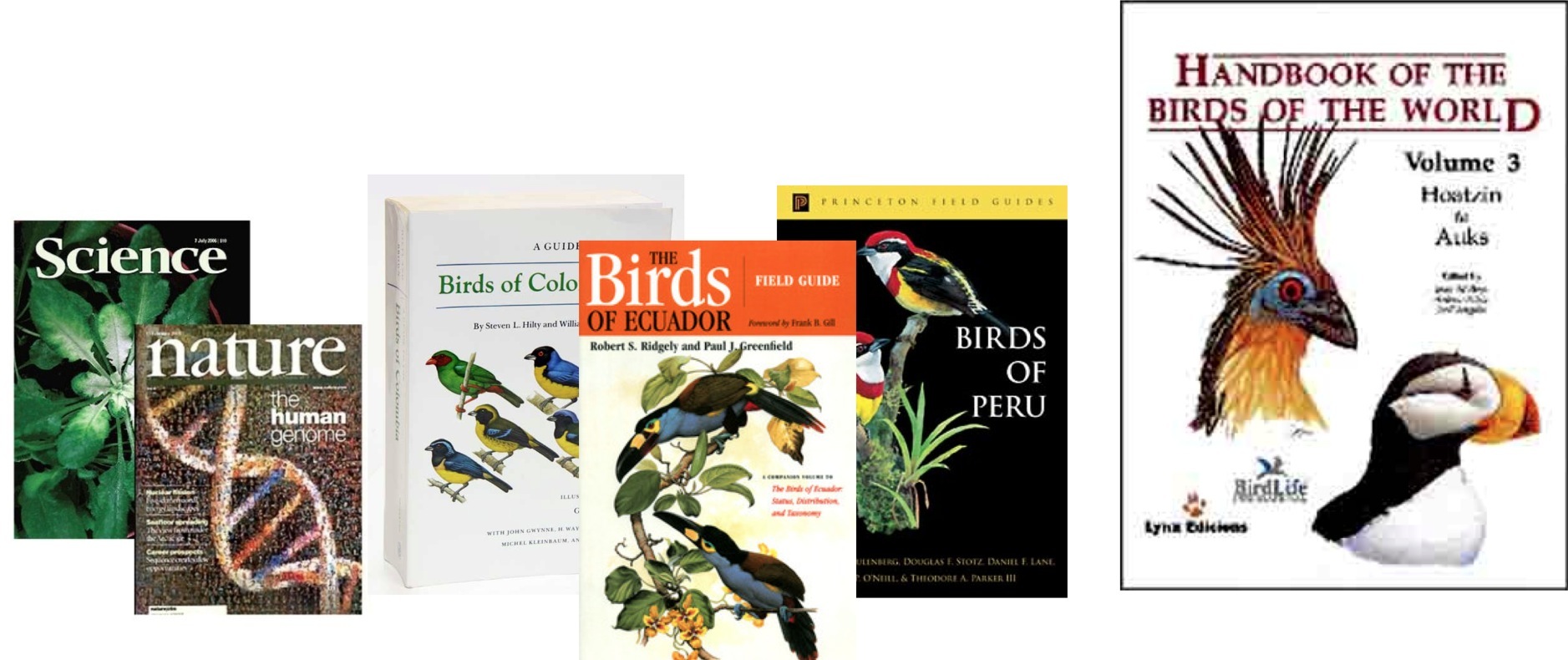
Hugo Jacome Andrade – hjacome@udla.edu.ec
Department of Sound & Acoustics Engineering
UDLA University of the Americas
Quito, Pichincha EC1701, Ecuador
David Parra Puente – davidparrapuente@hotmail.com
Project Manager
Pacoche Foundation
Quito, Pichincha, EC1701, Ecuador
Popular version of paper 2aAB1
Presented Tuesday morning, Nov 01, 2011
162nd ASA Meeting, San Diego, Calif.
Imagine you are on your first bird watching trip. You have binoculars, a field guide and a group of trip mates. You will be certainly excited with all the colorful species you see. But you might also be a little disappointed to find out that many birds are more often heard than seen. The field guide may give you some obscure hints like “far-carrying melancholic song” or “tee-do-do-eet.” Most of the times you would need help or experience to be able to understand them.

Some of your trip mates probably know already most of the songs and could tell the name of a bird just by ear. Others would try to keep the sounds in their mind or record them with a huge microphone to later compare them by listening to the proper bird song CD. The most serious ones may have copied (and labeled) all the songs in the CD to an MP3 device and check them in the spot. Now you are not sure if you really want to spend so much time and money trying to learn all those songs.
And what if you are up to a birding tour in a tropical forest full of new hard-to-see birds? You do not have time to learn the songs of hundreds of species before leaving home, so you must take a recorder, CDs, MP3, binoculars and a field book. Carrying so much stuff is not much fun when you walk through the forest either.
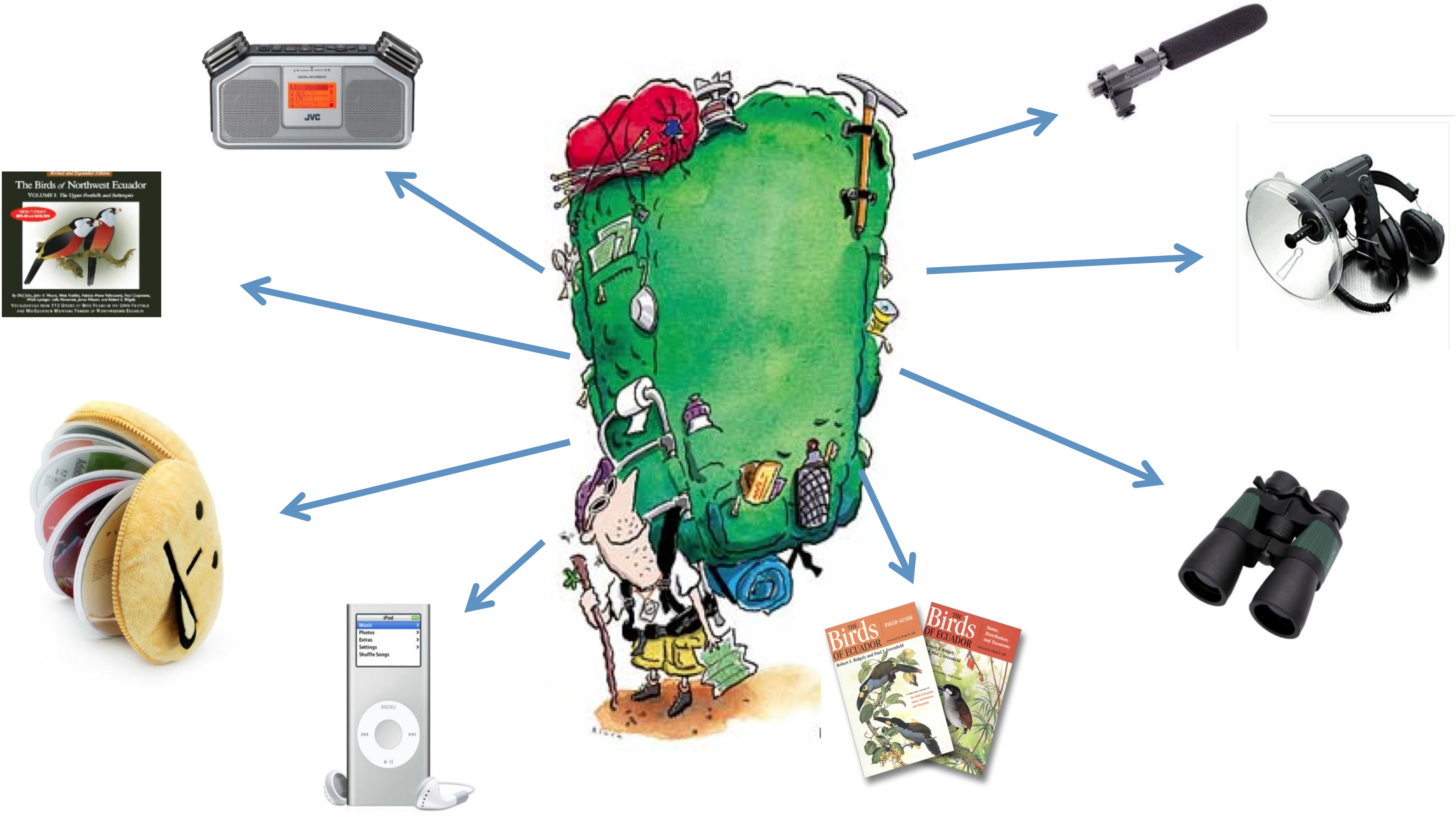
On the other hand, this apparently unusual story is rather important for people in the bird watching industry. Bird watching is considered one of the fastest growing nature tourism specialties. According to the U.S. Fish & Wildlife Service, in 2001 there were 46 million birdwatchers who spent $32 billion in birding adventures in the United States alone. Therefore, making things easier for them is not such a bad idea.
Besides, there is an important group of scientists studying bird vocalizations around the world. This kind of bird lovers not only have problems in the field, but also encounter other problems when trying to write about their findings. One option is the musical notation system, but it has a problem, not all the bird interested people are musicians.
 "Download video"
"Download video"
Between 2005 and 2006, more than 1,700 papers about animal sound research were published. Most of them, if not all, used some kind of graphic representation for the sounds they were describing. Graphics currently used such as sonograms are often good at showing analysis results but they cannot transmit an idea of how the signal actually sounds.
The work we are presenting was developed as a practical tool for scientific application and the bird watching industry. It’s a system that transforms sound into a sequence of numbers that can be readily converted and printed in a QR (Quick Response) barcode.
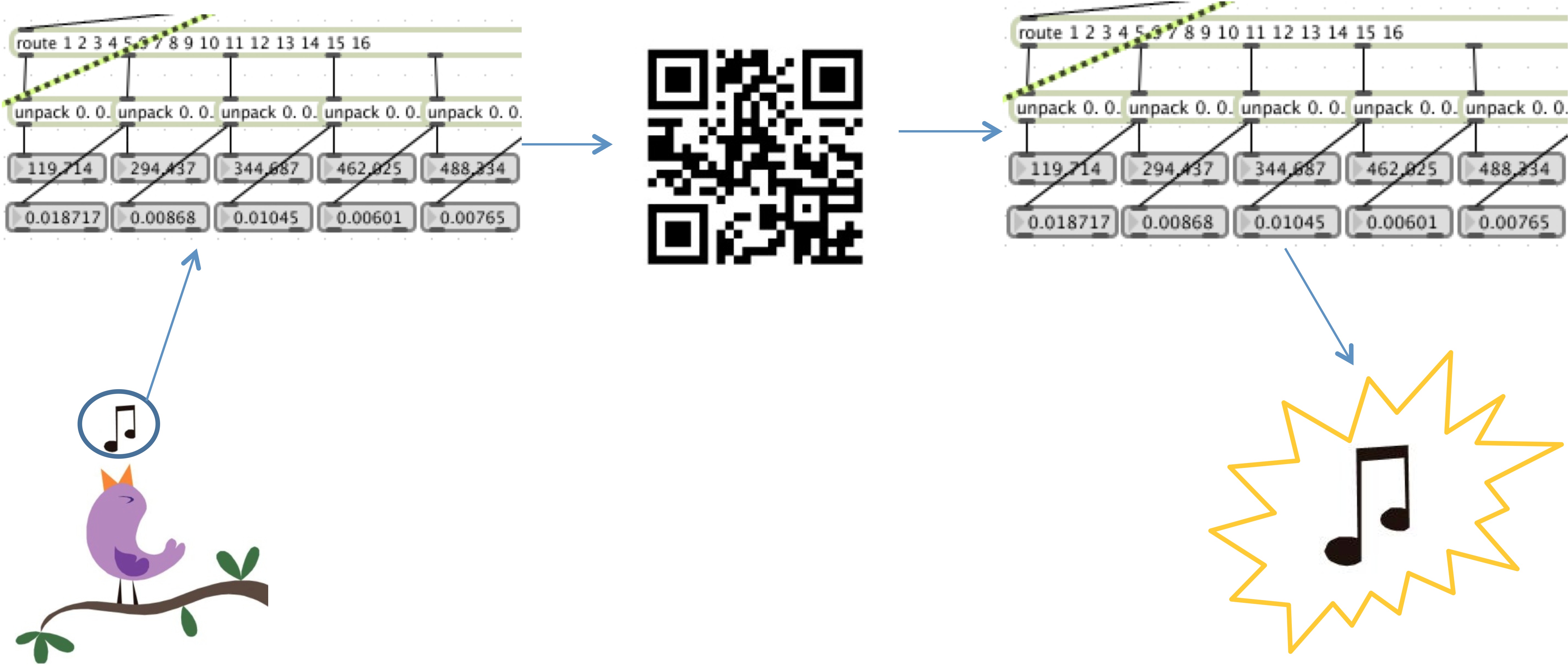
This kind of bar code is quite popular nowadays as a marketing strategy and can be found in news papers, ads and signs. The goal of this project is to allow people to go bird watching carrying only a field book and our good companion, the built-in camera mobile phone.
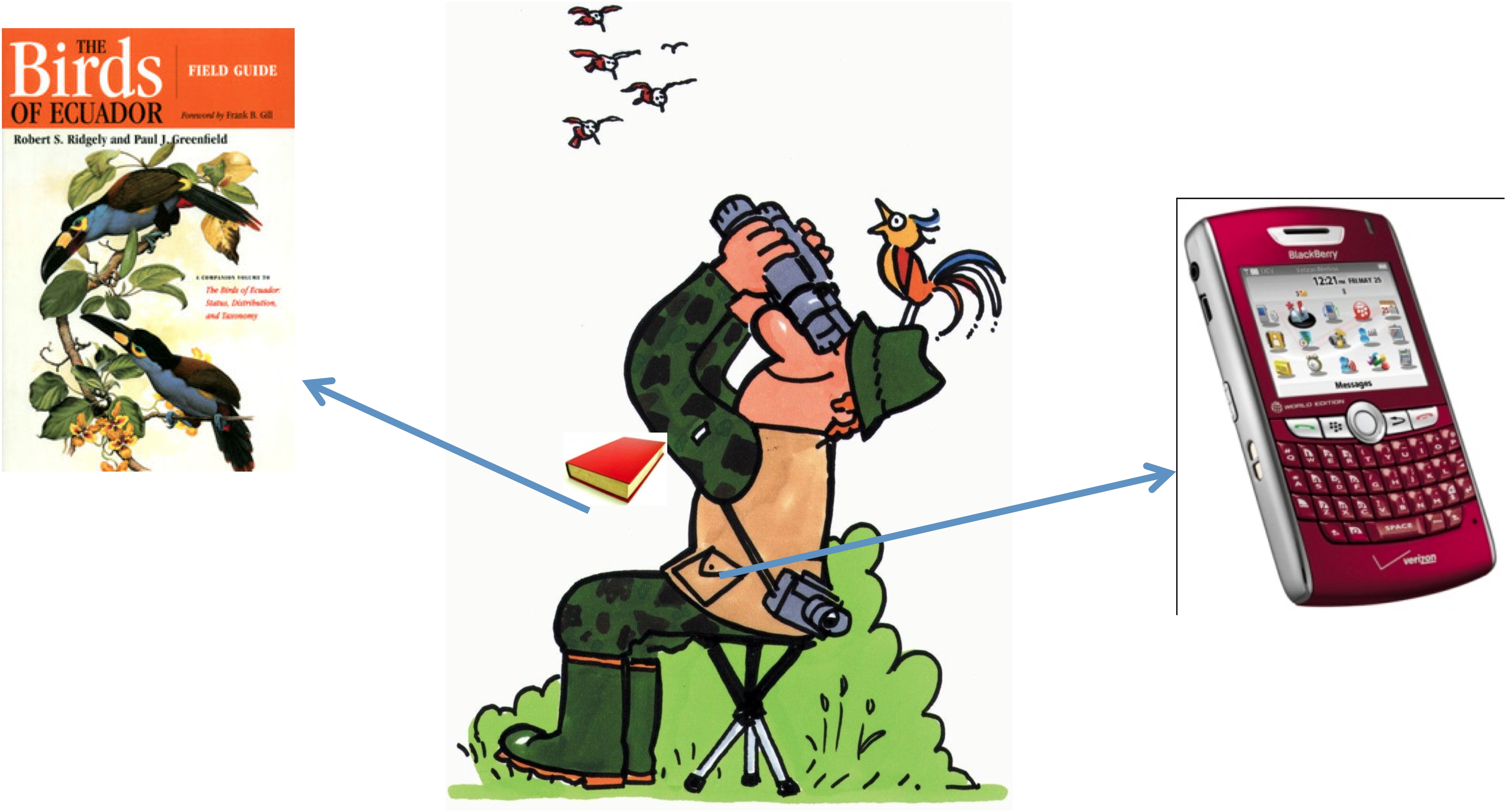
The book will have the picture of the bird and a barcode for the song. No more confusing tweeting sound descriptions!
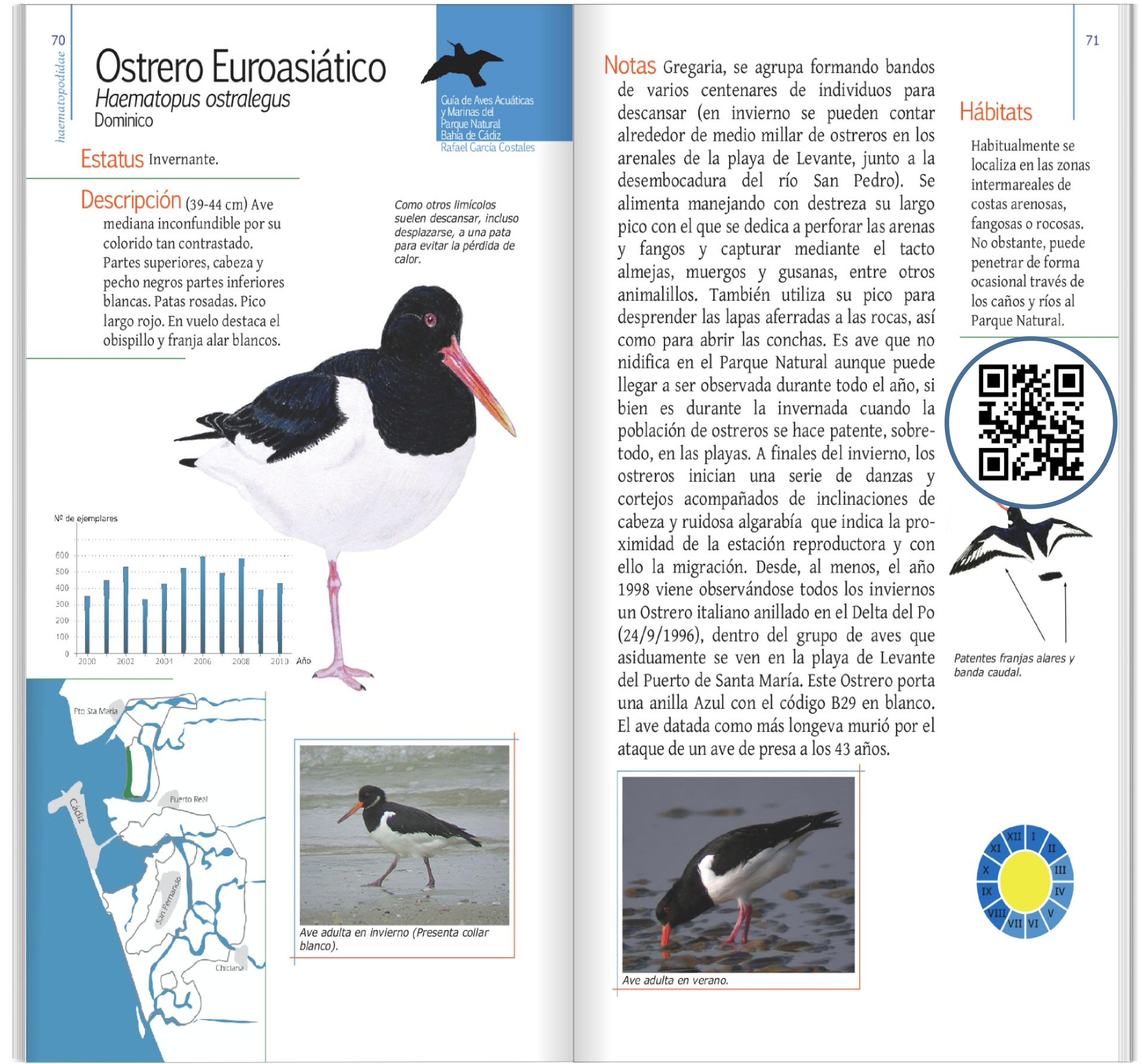
A first version of this software will be available in the meeting for researchers and publishers. Users will be able to import a sound and transform it into a QR barcode, with selected size, as well as decode it from paper using a standard barcode scanner. We are working now in the next step, developing applications for smart phones to decode the signal.
Apart from the birding world, this software could be potentially applied to capture the sounds of many animal species like frogs, insects, bats and human voice for research, tourism, museums, different interests like marketing with a kind of talking advertising announcements printed in a huge number of objects, etc. Of course, it could be also used just for fun.
